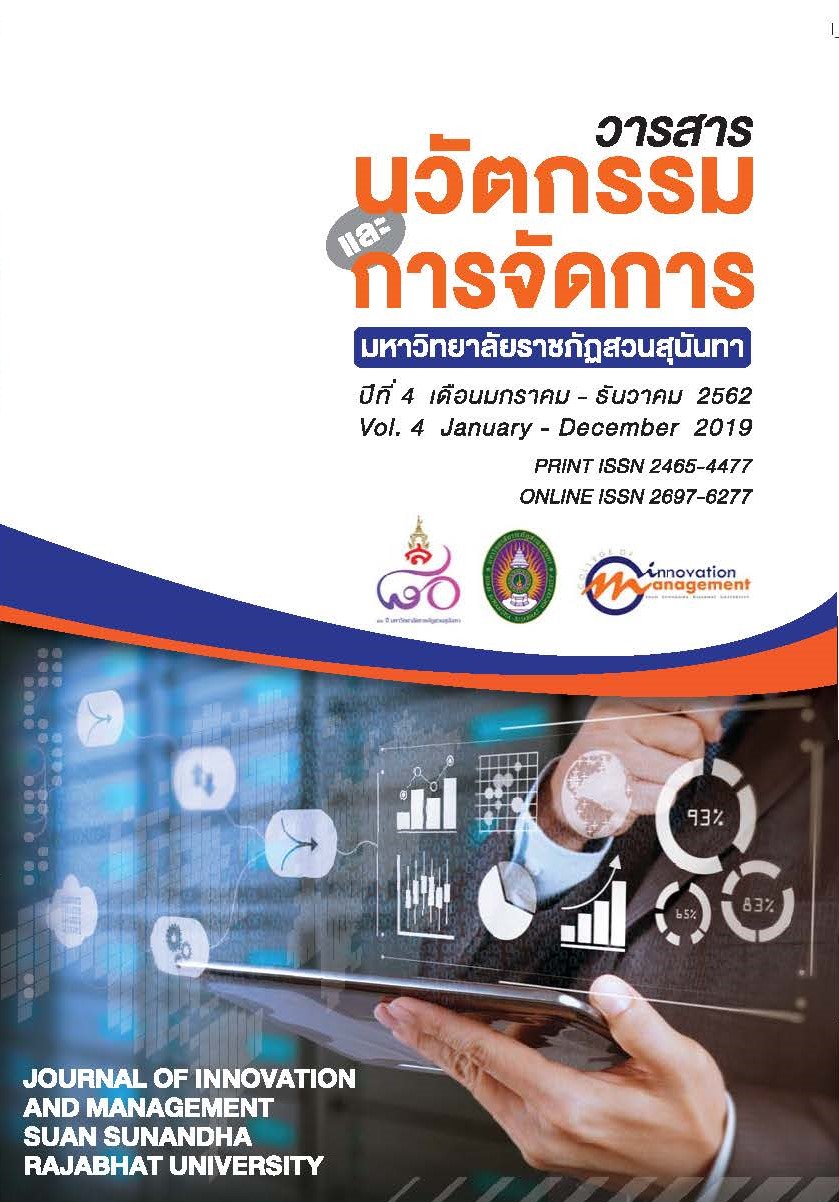The Impact of Training and Development on Intrapreneurial Behavior
Abstract
The purpose of this study is to screen the data of the study and conduct a preliminary analysis on the relationship between training and development and intrapreneurial behavior. A sum of 600 questionnaires were distributed to the employees in oil and gas industry in Iraq. The proportionate stratified sampling method was used; equally all necessary processes were followed to satisfy the multivariate analysis assumptions. The internal consistency, convergent validity and discriminant validity were all tested. The data were arranged in the smart pls software version 3.2.8. The result shows the data of training and development have a significant impact on intrapreneurial behaviour.
References
Antoncic, B., and Hisrich, R. D. (2003). Clarifying the intrapreneurship concept. Journal of Small Business and Enterprise Development, 10(1), 7–24. https://doi.org/10.1108/14626000310461187
Bishop, J. H. (1994). The incidence of and payoff to employer training: A review of the literature with recommendations for policy.
Black, S. E., and Lynch, L. M. (1996). Human-capital investments and productivity. The American Economic Review, 86(2), 263–267.
Covin, J. G., and Slevin. (1991). A conceptual Model of Entrepreneurship as Firm Behavior. Entrepreneurship Theory and Perspective, 7-25.
De Jong, J. P. J., Parker, S. K., Wennekers, S., and Wu, C. (2011). Corporate entrepreneurship at the individual level: measurement and determinants. EIM Research Reports. Zoetermeer: EIM, 11, 13.
Evans, J. R., and Lindsay, W. M. (1999). The Management and Control of Quality. Cincinnati. OH: South-Western College Publishing.
Farrukh, M., Chong, W. Y., Mansori, S., and Ravan Ramzani, S. (2017). Intrapreneurial behaviour: the role of organizational commitment. World Journal of Entrepreneurship, Management and Sustainable Development, 13(3), 243–256.
Farrukh, M., Lee, J. W. C., and Shahzad, I. A. (2019). Intrapreneurial behavior in higher education institutes of Pakistan: The role of leadership styles and psychological empowerment. Journal of Applied Research in Higher Education.
Farrukh, M., Wei Ying, C., and Abdallah Ahmed, N. O. (2016). Organizational commitment: Does religiosity matter? Cogent Business and Management, 3(1), 1239300.
Fornell, C., and Larcker, D. F. (1981). Evaluating structural equation models with unobservable variables and measurement error. Journal of Marketing Research, 18(1), 39–50.
Ilgen, D. R., and Pulakos, E. D. (1999). Employee performance in today’s organizations. Pulakos (Eds.), The Changing Nature of Work Performance: Implications for Staffing, Motivation, and Development, 1–20.
José Chambel, M., and Sobral, F. (2011). Training is an investment with return in temporary workers: a social exchange perspective. Career Development International, 16(2), 161–177.
Martínez-Ros, E., and Orfila-Sintes, F. (2012). Training plans, manager’s characteristics and innovation in the accommodation industry. International Journal of Hospitality Management, 31(3), 686–694.
Noe, R. A. (2003). Human Resource Management: Gaining a Competitive Advantage. Retrieved from https://books.google.com.my/books?id=Jo5ZkgEACAAJ
Sam Jayakumar, D., and A, S. (2014). Modelling: Employee Perception on Training and Development. In SCMS Journal of Indian Management (Vol. 11).
Swanson, R. A. (2001). Human resource development and its underlying theory. Human Resource Development International, 4(3), 299–312.
Taştan, S. B., and Güçel, C. (2014). Explaining Intrapreneurial Behaviors of Employees with Perceived Organizational Climate and Testing the Mediating Role of Organizational Identification: A Research Study among Employees of Turkish Innovative Firms. Procedia - Social and Behavioral Sciences, 150, 862–871. https://doi.org/10.1016/j.sbspro.2014.09.095
Tharenou, P., Saks, A. M., and Moore, C. (2007). A review and critique of research on training and organizational-level outcomes. Human Resource Management Review, 17(3), 251–273.
Umasankar, M. (2015). A study on role of human resource Practices on organizational and Employee performance in commercial Banks of tamil nadu. Anna University.
Valsania, S. E., Moriano, J. A., and Molero, F. (2016). Authentic leadership and intrapreneurial behavior: cross-level analysis of the mediator effect of organizational identification and empowerment. International Entrepreneurship and Management Journal, 12(1), 131–152.






